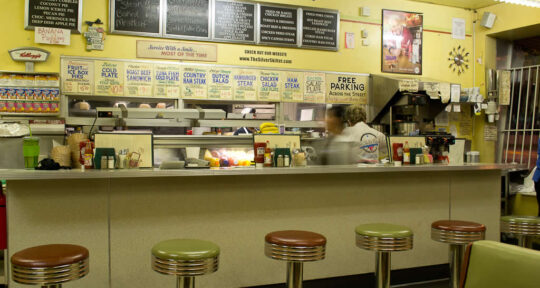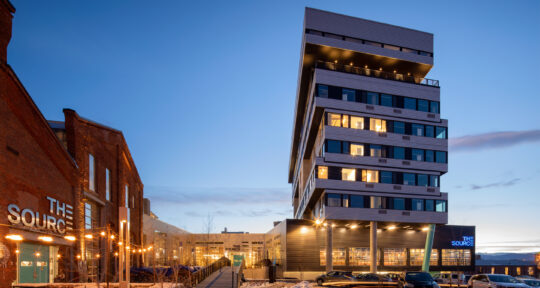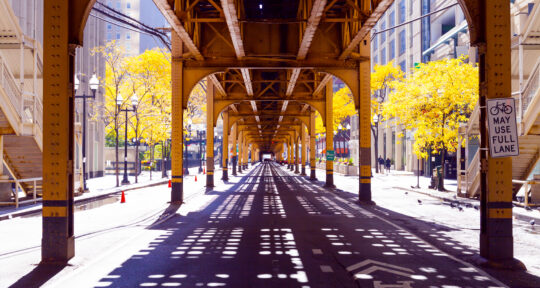I wasn’t sure what to expect when I decided to visit the Boulder Dushanbe Teahouse in the middle of March. I was in Colorado with a group of friends, on my way to the Frozen Dead Guy Days, a festival celebrating the cryopreservation of deceased Norwegian Bredo Morstoel. We flew into Denver, rented a car, and raced along the open roads toward the festival in nearby Nederland. Tired from my flight, I was looking for a way to relax and break up the two-hour drive.
Sitting across from a snow-covered park in the middle of Boulder, the teahouse pops into view. It’s a small Himalayan temple plopped down in urban America. The brightly-colored tiles decorating the exterior beckon you in. Half-expecting to be entering into something out of Indiana Jones, I couldn’t be more wrong.
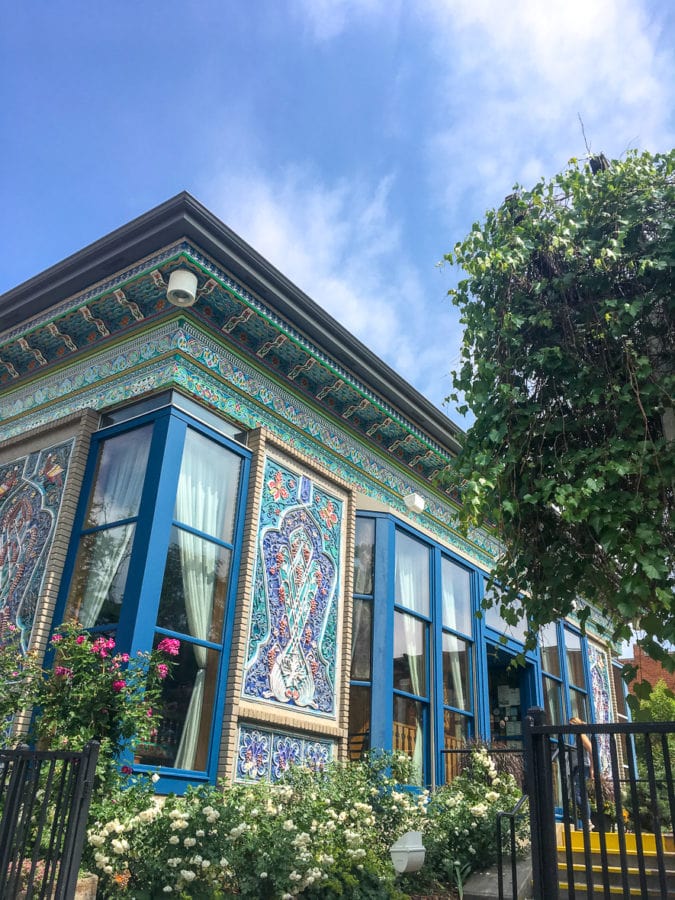
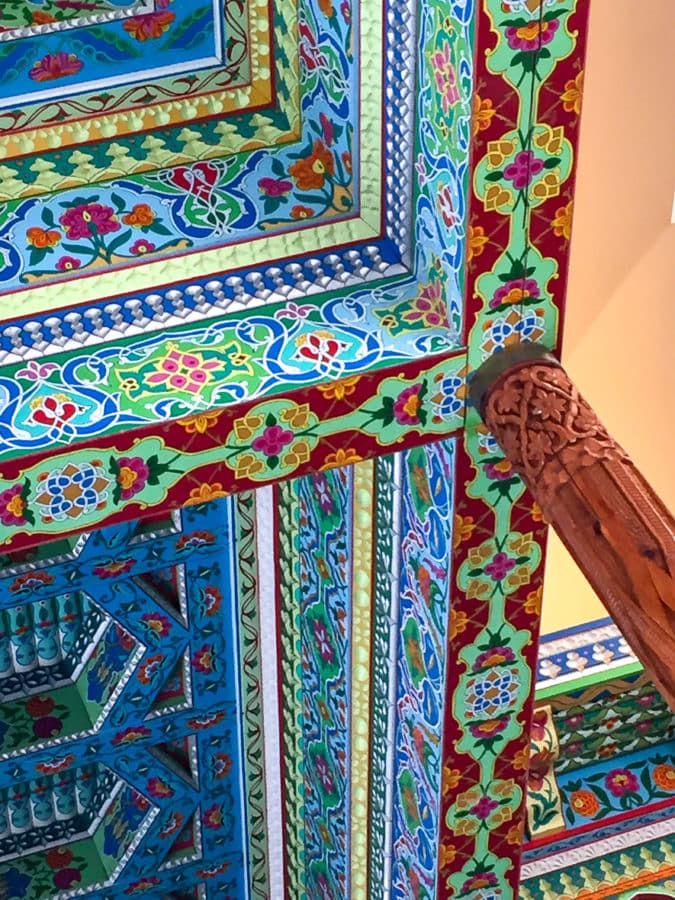
Located on 13th Street in Boulder’s Art District, the intricate Boulder Dushanbe Teahouse is as different from life on the Front Range as it is from your corner Starbucks. Handcrafted in Tajikistan, and sent to the U.S. piece by piece, the teahouse has served as a gathering place for locals and tourists alike for more than two decades. It’s a cultural icon unlike any other teahouse or coffeehouse in the country.
Sister cities
In the 1980s, Boulder and Dushanbe, the capital of Tajikistan, entered into a sister city agreement—a cultural partnership where two cities in different countries work together to promote tourism and encourage friendship across borders. As part of the agreement, Dushanbe Mayor Maksud Ikramov visited Boulder in 1987. He became so enamored with the city that he promised to gift the residents something special. For the next two years, 40 artisans and craftsmen from all over Tajikistan got to work.
Using only hand tools, artisans built a teahouse like the ones found in the Central Asian mountains—featuring ceramic panels, carved wooden columns, tables, benches, and other decorative elements. Every inch of the building is covered in brilliant colors and beautiful designs.
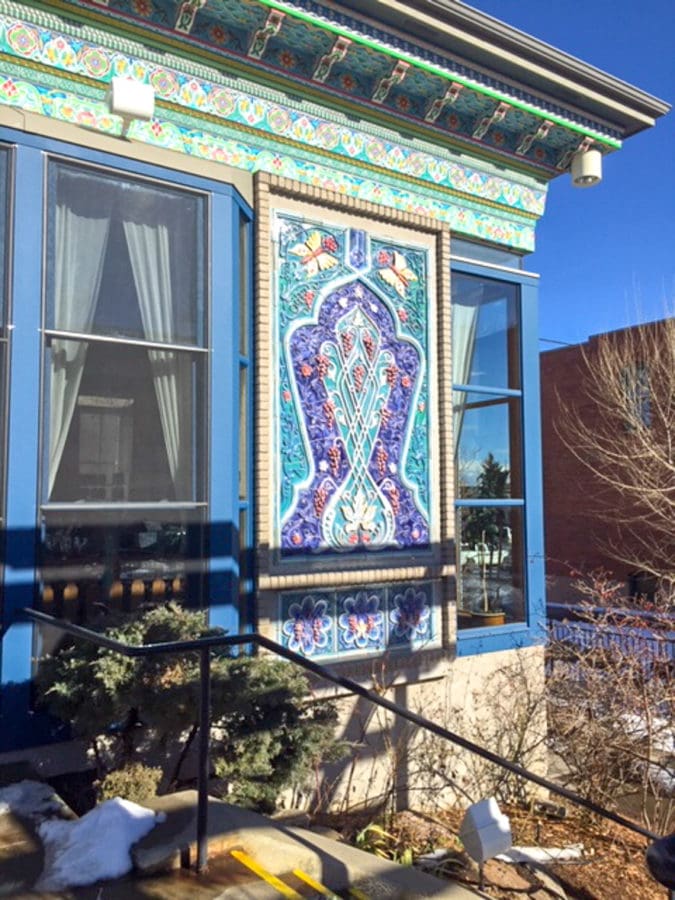
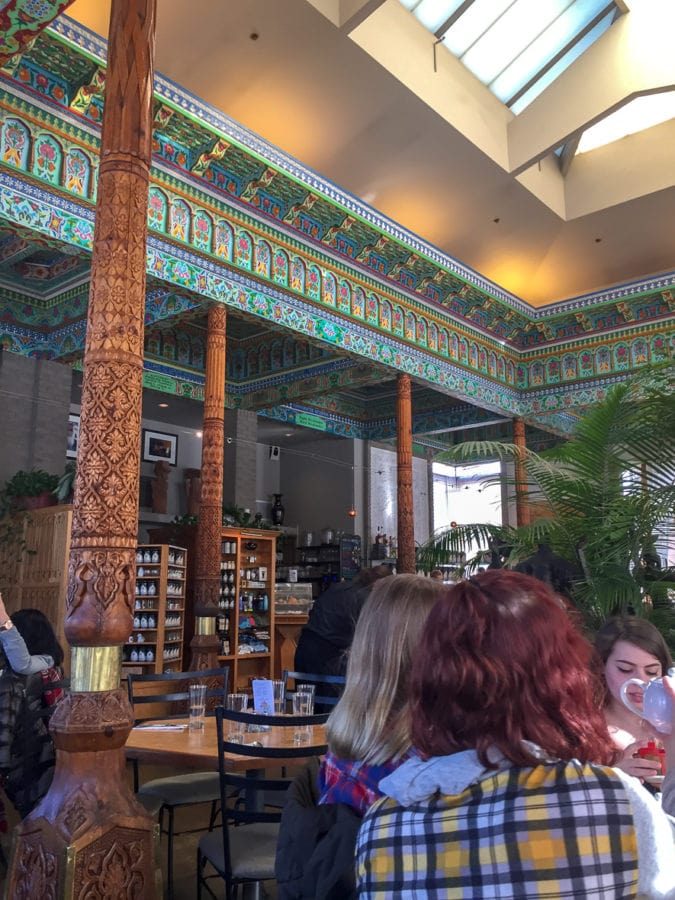
Once finished, the teahouse was disassembled and shipped halfway around the world. In 1990, it was delivered to Boulder in 200 shipping containers, where it sat in storage until city officials could figure out what to do with it.
Once finished, the teahouse was disassembled and shipped halfway around the world. In 1990, it was delivered to Boulder in 200 shipping containers, where it sat in storage until city officials could figure out what to do with it.
“The crates sat for just about eight years,” says Brady Delander, spokesperson for the city of Boulder. “Part of the delay in finding a location was that the agreement stated the teahouse had to be in a place that is culturally significant.”
Traditionally, teahouses are placed near bodies of water, and Boulder officials finally decided on a lot next to the Boulder Creek. “It’s really a beautiful spot,” Delander says. “The location is not only central to things going on in the city, but also culturally significant and appropriate for the teahouse.”
Once the location had been decided, the teahouse had to be reassembled. Artists from Tajikistan were brought to the city to help with construction, and to make sure the final product remained true to their vision.
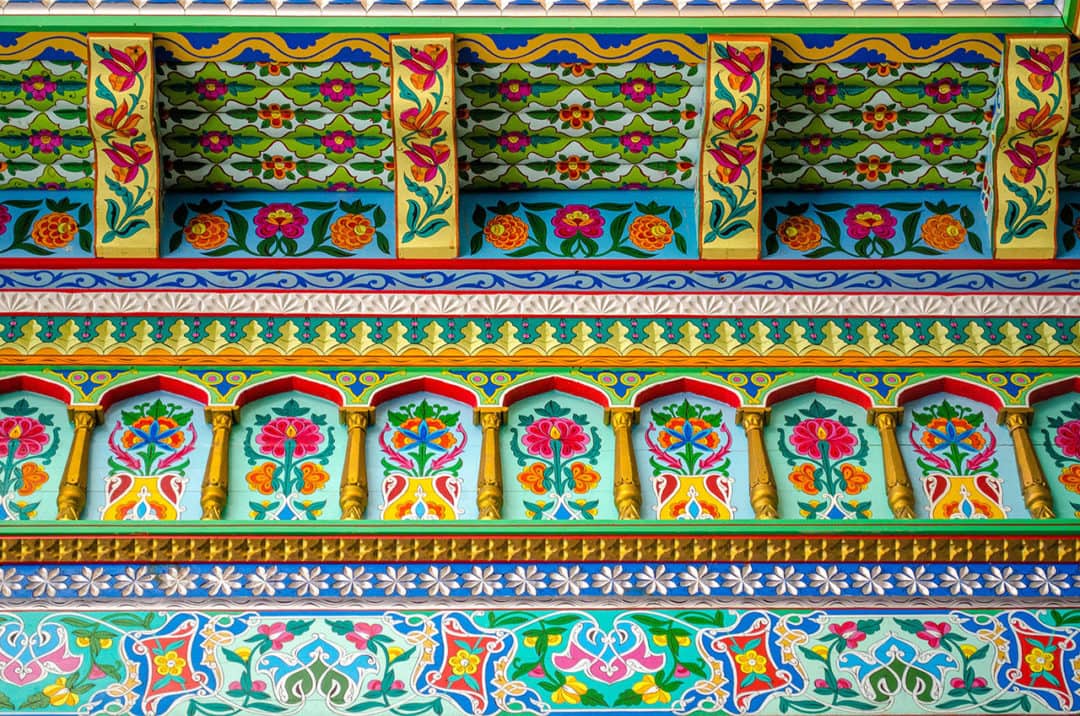
On the outside, the teahouse is covered in ceramic tiles painted with a tree of life design. Framed by a trellis and luxurious vines, the building looks like a piece of art in the middle of the city. Inside, a water fountain surrounded by statues based on a Tajik folk tale fills up the center. The carved and painted ceiling is vaulted overhead, allowing natural light to flood the space.
In each corner of the teahouse, raised platforms with large, low tables provide spaces for groups to gather, or for individuals to sit back and relax. Like they would in Tajikistan, visitors can come, take their shoes off, and sit around the tables with their legs curled up underneath them.
According to Rett Ertl, president of the board of directors for the Boulder-Dushanbe Sister Cities program, the teahouse draws an eclectic crowd.
“If you come on an August afternoon, almost everyone there is a tourist,” Ertl says. “Conversely, if you come on a winter morning, almost all visitors are from Boulder.”
Afternoon tea
Inside, Dushanbe is filled with light, an abundance of plants, the sound of gurgling water, and the smells of exotic teas. After a seven-hour flight from Kentucky to Colorado via Chicago, stepping into this oasis awarded me with a sense of instant relaxation in the midst of luxury.
I was excited to try the high teas and see if it was the same as the ones I’d had in London and Oxford years ago. We were seated at a tablecloth-covered table and shown a menu of teas. But first, we were served mimosas and an amuse-bouche to whet our appetite.
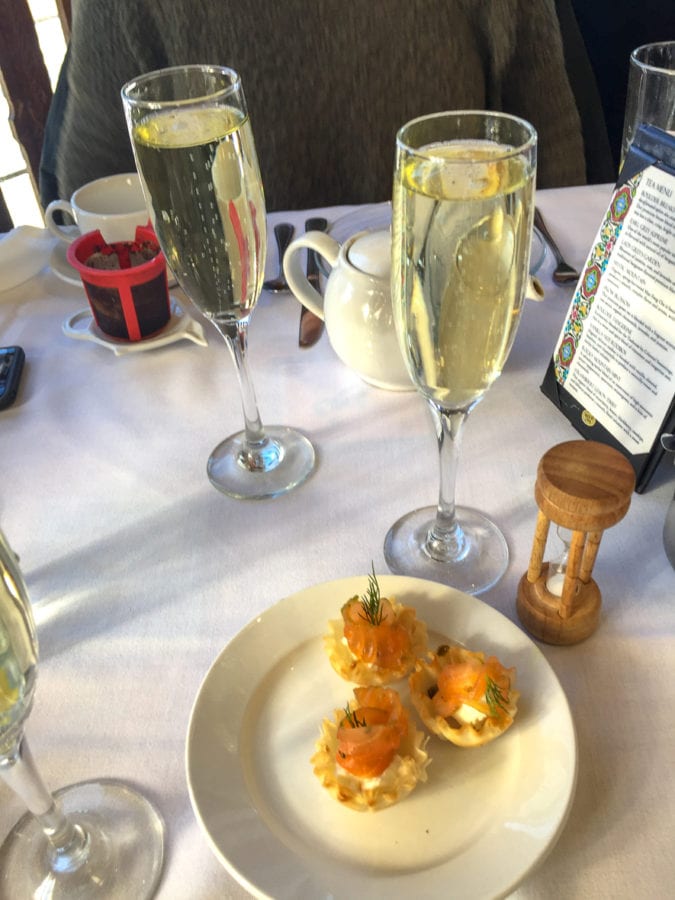
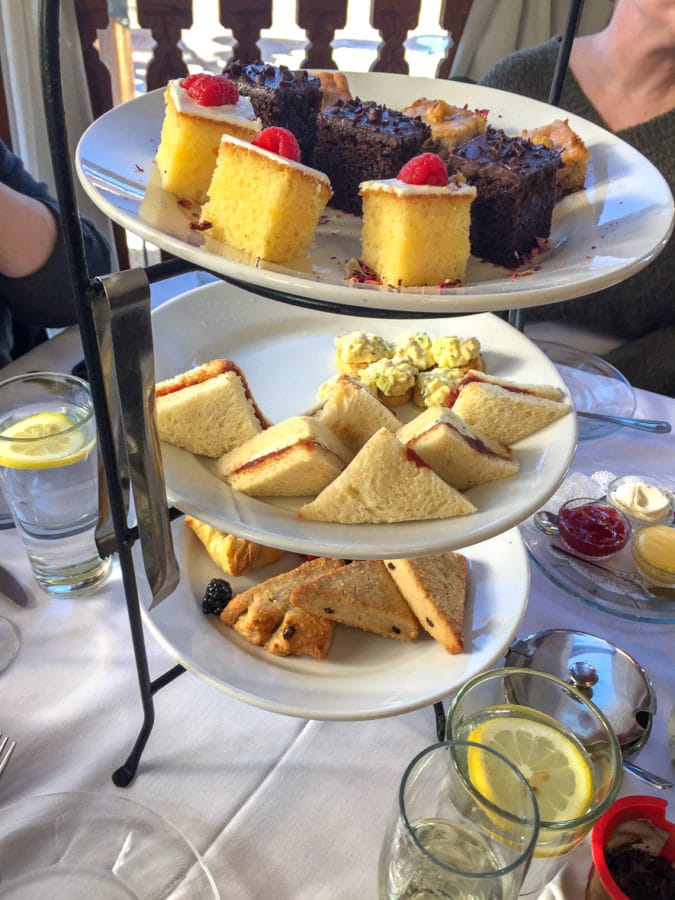
After delivering our selection of hot teas, the server brought a tower of treats: cranberry scones, filled puff pastry, butter and jelly sandwiches, egg salad toast rounds, and three different cakes. It was light and refreshing, but filling—definitely enough to get us up the mountain. And it was delicious. Light and dainty, it gave me the feeling of being a spoiled princess rather than a grubby traveler who still had to make her way 8,000 feet above sea level before going to bed.
Delander says the teahouse is one of the places he takes his mom when she visits him in Boulder. “I like to take her there and look at the hand-crafted artwork,” he says. “It’s really a beautiful place in a beautiful location.”
If you look closely at the artwork on the ceiling, you can see the signatures of the artists who worked on the teahouse. The intricate designs and carvings transport me to the Himalayas for a while—and a trip to Boulder is much closer and far easier than scaling Everest.
If you go
The Boulder Dushanbe Teahouse is open seven days a week, from 8 a.m. to 9 p.m. Tea time is between 3 p.m. and 5 p.m. daily.
